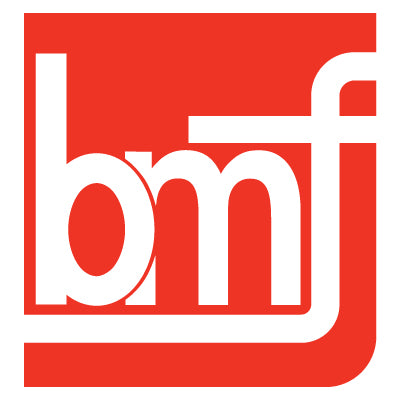Explore the Latest in Retail Store Design & Renovation

2025 Independent Retail Store Trends
Stay ahead in 2025 with top retail trends and strategies to improve customer experience, boost sales, and future-proof your store.

Contractor-Focused Store Design: Strategies for Maximizing Sales and Loyalty
Discover 7 key factors for designing a contractor-focused building supply store. From stock selection to layout, learn how to attract more pro customers and boost sales.

Mastering the Art of Assortment Planning: What You Need to Know
Discover the five steps to creating lasting retail success through strategic assortment planning, to optimize your offering and enhance customer loyalty.

The Number One Reason Customers Shop in Your Store
Discover the number one reason that influences where customers shop for home improvement products, and what it takes to be a customer's first choice.

Why Great Independents Can’t Be Beat
Discover the 'why' behind the resilience of independent retailers in the face of an evolving retail landscape with nine unique strengths shaping their success.

Is Now a Good Time to Invest in Your Retail Business?
Learn how investing in your business’ future during a downturn opens opportunities to make big moves to increase market share and profitability.
